All Souls, and a rainy November day in the season of remembrance. The three-day season of Hallowtide - Hallowe'en, All Saints, All Souls - is medieval in origin, as a time for remembering the dead both known and unknown. Medieval literature is rich in serious, profound meditations on mortality, on death, on transience, and in the later Middle Ages, particularly, the iconography and art of death abound; if you need a memento mori, go to medieval art. Sometimes this art pops up into view around Hallowe'en, when you might see, for instance, images of grinning skulls and 'The Three Living and the Three Dead' offered as seasonal fare on social media. It's useful to remember, however, that in the Middle Ages this interest in death was not really confined to any one season of the year - not even Hallowtide, though certainly it was important then. A few years ago I posted some medieval prayers, in poetry and prose, 'for all Christian souls'; but though appropriate for All Souls they weren't specifically intended for today's commemoration, and could be prayed at any time of the year. In the Middle Ages almost every day was a saint's feast, a day to remember the glorious dead; prayer for the dead was a Christian duty all year round, especially but certainly not only on All Souls' Day; and the whole point of a memento mori is that it reminds you that at any moment you are close to death - not just at Hallowtide. (Read more.)
Behind the Scenes at Mapperton House
7 hours ago
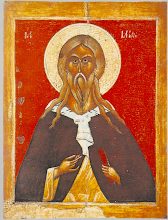

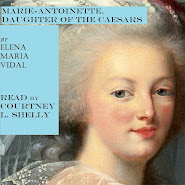



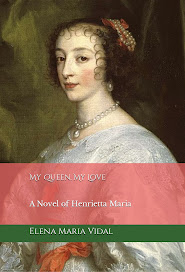








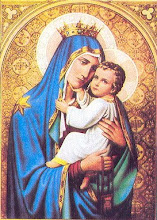
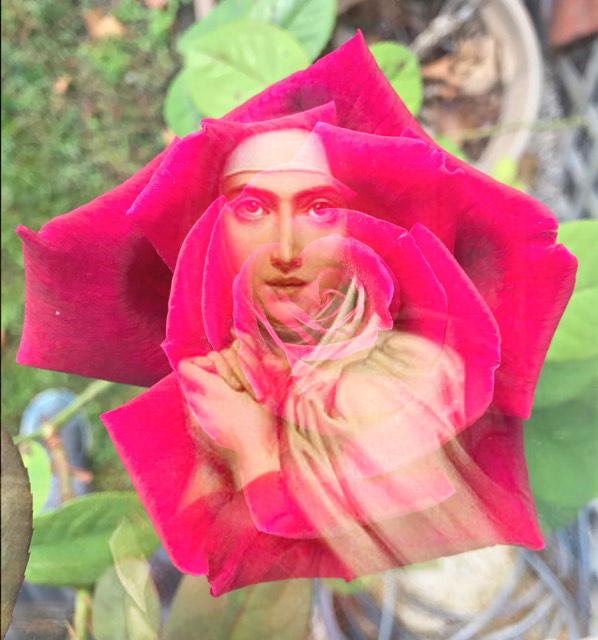




No comments:
Post a Comment